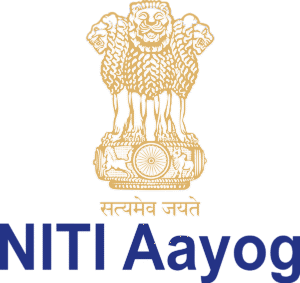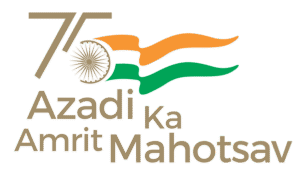14566 – National Helpline Against Atrocities
14567 – National helpline for senior citizens
112 – Women helpline
number
1098 – Helpline for children in distress

202501057001641



The Development Action Plan for Scheduled Tribes (DAPST) is a focused strategy aimed at addressing the socio-economic disadvantages faced by tribal communities across India. Rooted in principles of equity, sustainability, and inclusion, this plan aims to bring tribal populations into the national development mainstream while preserving their rich heritage and autonomy.
Formulated in accordance with the Tribal Sub-Plan (TSP) strategy and Article 275(1) of the Indian Constitution, the action plan ensures targeted budgetary allocation, implementation monitoring, and policy integration across key sectors.
To ensure equitable access to education, health, livelihood, and housing.
To promote self-governance and community empowerment in tribal areas.
To safeguard and promote tribal culture, language, and traditions.
To enable economic self-reliance through sustainable agriculture, forestry, and entrepreneurship.
To ensure the effective delivery of government welfare schemes in tribal regions.
Residential schools, Eklavya Model Schools, and scholarships
Digital learning centers in remote tribal belts
Bridge courses and adult literacy programs
Reservation and financial aid for higher education
Mobile health units and tribal health clinics
Sanitation drives and clean drinking water initiatives
Nutrition kits for mothers and children (under ICDS/Poshan Abhiyaan)
Promotion of indigenous medicine systems (AYUSH)
Skill training under PMKVY and other tribal artisan programs
Support for traditional crafts, forest produce, and SHGs
Agricultural extension services, irrigation, and soil health initiatives
Tribal start-up ecosystem with financial and mentoring support
Road, power, telecom connectivity in tribal hamlets
Housing under PMAY-G (with tribal housing adaptation)
Drinking water supply through Jal Jeevan Mission
Construction of hostels, schools, and health centers
Awareness of FRA (Forest Rights Act), PESA, and land rights
Legal aid and community dispute resolution systems
Training Gram Sabha and Tribal Welfare Committees
Protection from exploitation and trafficking
Dedicated Budget Allocation under the Scheduled Tribe Component (STC) of each ministry
District-level Tribal Development Plans aligned with State priorities
Collaboration with NGOs, tribal leaders, and local governance (Panchayati Raj)
Real-time monitoring and evaluation dashboard
Capacity building and sensitization of implementing officials
Increase in tribal literacy and school attendance
Reduction in IMR, MMR, and malnutrition rates
Improved income and employment in tribal households
Strengthening of cultural identity and local governance
Better representation of tribal youth and women in mainstream sectors


The SOCIAL JUSTICE & EMPOWERMENT COUNCIL OF INDIA (SECI) is a dedicated Work under the Ministry of Social Justice & Empowerment, Government of India, focused on creating nationwide promotion and awareness about social justice schemes and welfare initiatives by the awareness of India.
All Rights Reserved © SECI